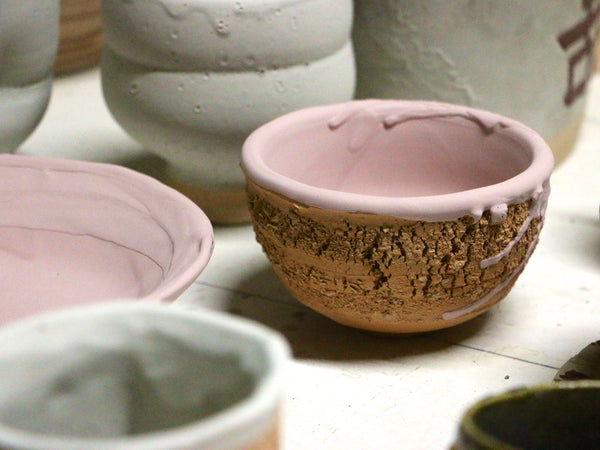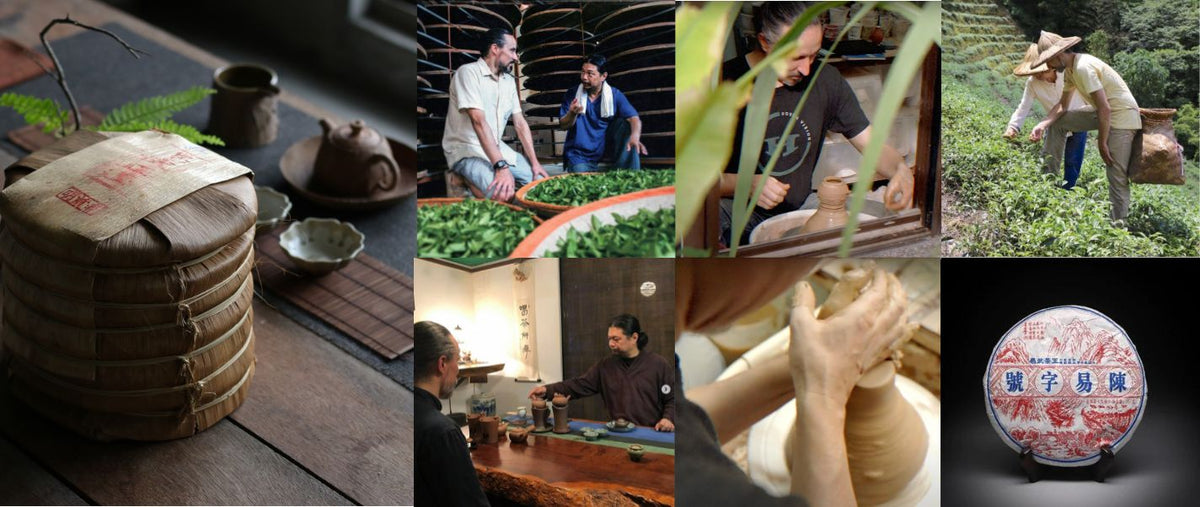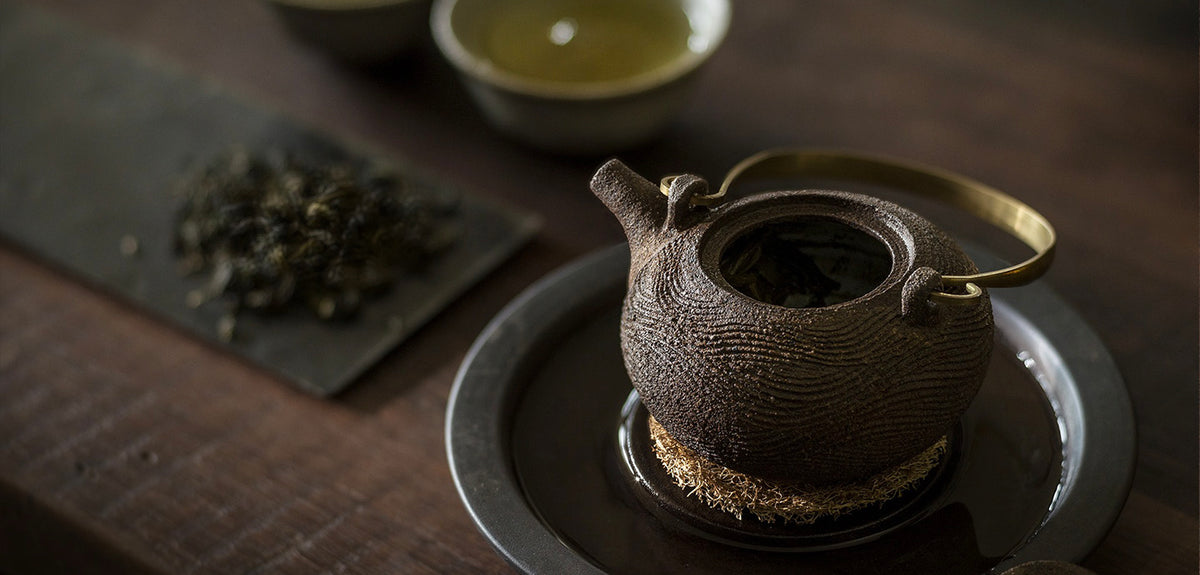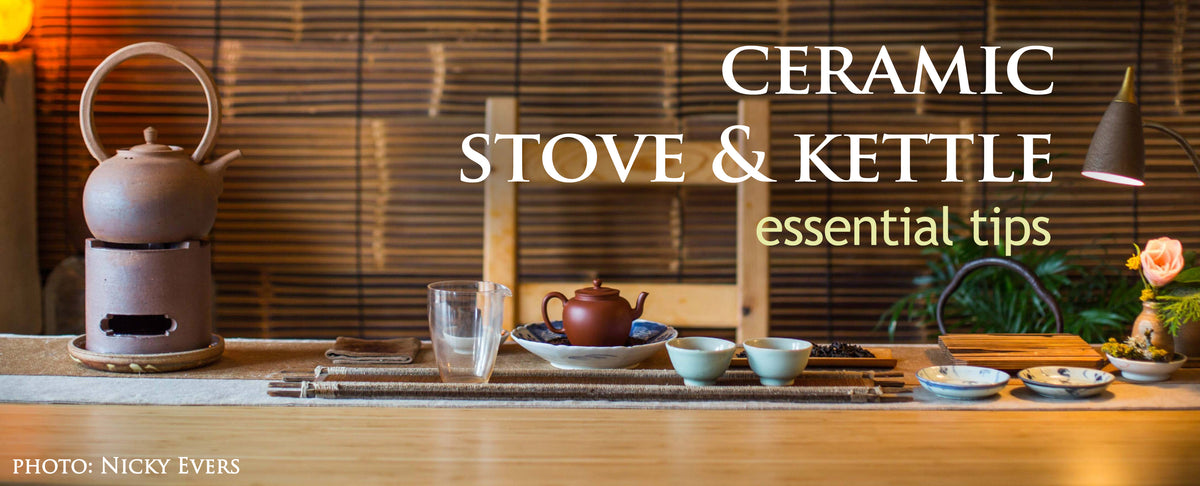Wood firing in Miaoli, Taiwan
The Jade Leaf aka Emilio and some friends fired a wood kiln in Miaoli, Taiwan last week with some friends. Wood firing is a huge task. I'll break this into 3 posts. This one is the first and shows the preparations involved in getting the kiln and pottery prepared and loaded into the kiln for firing.

Pieces are glazed and ready to be loaded in the kiln!

More pieces glazed and ready to load.

Edmund inside the kiln setting up posts and shelves which are super heavy and loading our pots into the kiln.

This is the outside of the kiln. David Morris is looking in from the stoking port on the left side of the photo. Brian Misavage is handing glazed pots ready to be fired to Edmund inside the kiln.

The front stoking port of the kiln, where all the wood will be put in during firing.

More pots glazed and ready to fire.

We had to cut more than 1 ton of wood to last us through 3 days of non-stop firing.

We burned all this wood in the course of 3 days of firing! And we had to cut it all to size first with this saw. The wood cutting alone took about 2 days.

Edmund preparing his pot to be fired.

Edmunds pot that is to be a wedding gift for a friend.

Another of Edmundss nice jars based on classical English pots.

The iron in this celadon glaze makes it red. After firing in a reduction atmosphere it will change to blue-green. Reduction firing means all the oxygen inside the kiln is burned up. In this situation the oxygen molecules in the iron inside the glaze are pulled out into the kilns atmosphere. This is what gives celadon glazes their beautiful blue green color. This process has to be done correctly to get good results.

A bowl with celadon glaze on the inside. It will be green after firing.

Edmund inspects his tea tray before loading it in the kiln.

Edmunds tea tray with bits of beach glass that will melt into pretty pools of blue and green after firing.

The kiln is almost full.

That's it, the kiln is full.

Even though there's is a pyrometer that measures the temperature inside the kiln, constant exposure to extremely high temperatures makes it unreliable to show the exact temperature inside the kiln during firing. These pyometric cones melt at specific temperatures. They are loaded in the front and the back of the kiln as more reliable indicators of what the actual temperature inside the kiln really is. It is important to know the temperature while firing as certain chemical reactions are happening during the firing at specific temperatures.

Brian's dog Taco supervised the whole process. Thanks to her, everything went smoothly.

Taiwan is a subtropical country. That means there are cool bugs here. This was the first time I had seen a Rhinoceros beetle. I was very happy. He was huge!

After the kiln is fully loaded the side loading door must be bricked up and sealed with mud. A small viewing port will be plugged with a removable brick during firing that allows us to view the pyometric cones during firing to check the temperature inside the back of the kiln.

After the kiln is fully loaded the side loading door must be bricked up and sealed with mud. A small viewing port will be plugged with a removable brick during firing that allows us to view the pyometric cones during firing to check the temperature inside the back of the kiln.
2 Responses
Marc
Hello Emilio.
Received my cups yesterday and they are just as beautiful as the pictures if not more. Thanks again for the tea samples!
It’s great to see pictures of the process and read about the steps. Just like passionate tea drinkers like to see how their tea is harvested and made, as a lover of teaware it’s wonderful to get a glimpse into the making of the wares. Elevates the appreciation that much more as well as making for a deeper connection. Thanks for this and look forward to the next posts on this firing!
Leave a comment
Comments will be approved before showing up.
Also in News

Sourcing and pricing
At The Jade Leaf, we believe in openness and honesty when it comes to our pricing. Behind each tea we offer is a meticulous process that reflects our commitment to quality, ensuring you receive an exceptional product. Here's a glimpse into what goes into bringing you the best teas.

Modern, eco-friendly & Sustainable
We live in a world where almost everything is mass produced. It’s meaningful for us to step away from that and provide you with a handmade product that was created with joy, honor and respect. We hope transmit these qualities to you when you pick-up a piece of our hand crafted teaware.

Ceramic Stove and Kettle Essential Tips
A ceramic stove and kettle are really special and exciting pieces of teaware to own and use. Heating water in clay adds a special quality to the art of making tea. It also benefits the flavor and texture of the water.

Emilio
July 19, 2015
Marc,
Great to get your feedback on the cups, I’m happy you enjoy them!
Its nice to be in touch with other teaware lovers. I’m happy to share the experience and even happier that you enjoyed the post. Each piece of pottery goes on a long journey from preparing the clay to throwing, trimming, assembly, drying, bisque firing, glazing, glaze firing, finishing touches, then shipping!